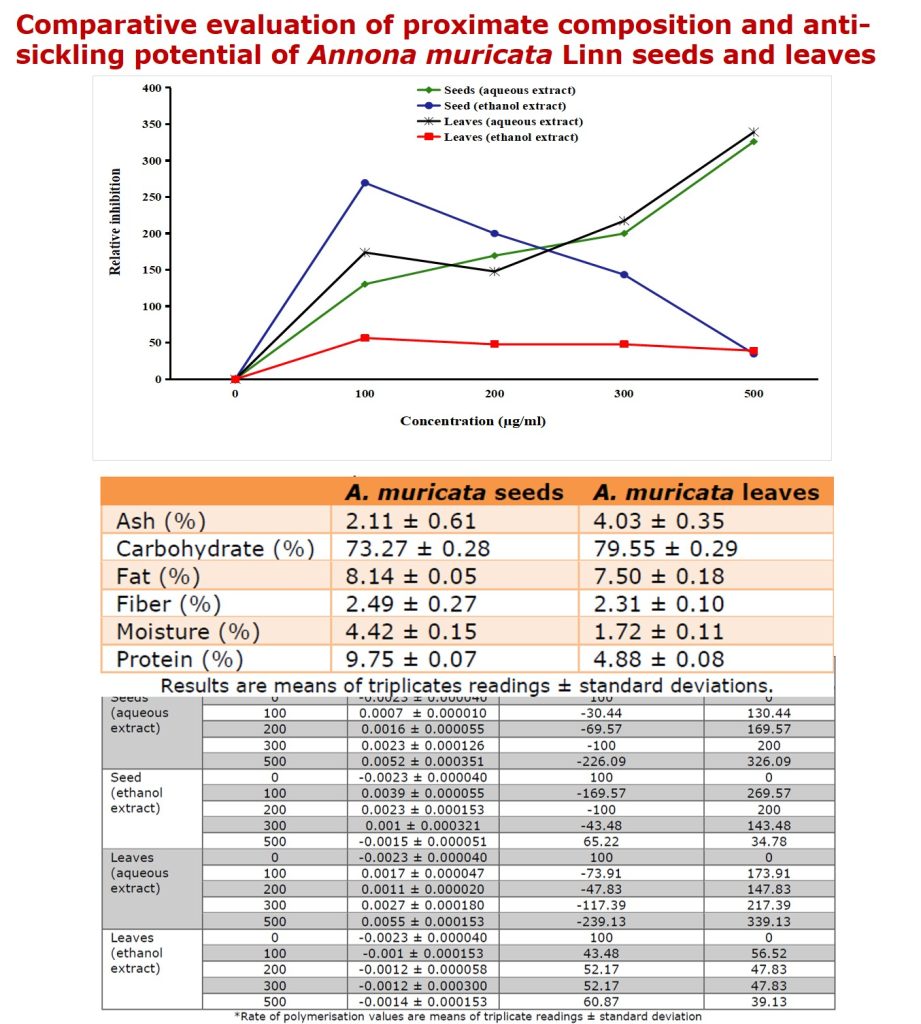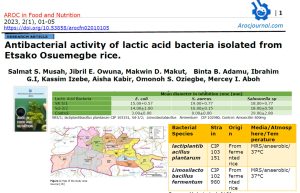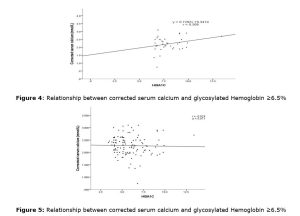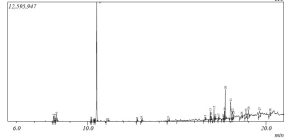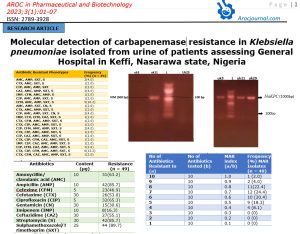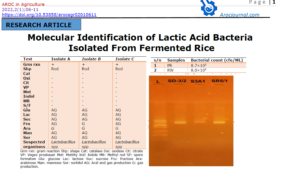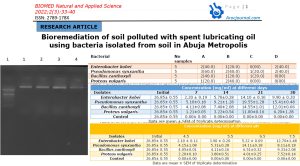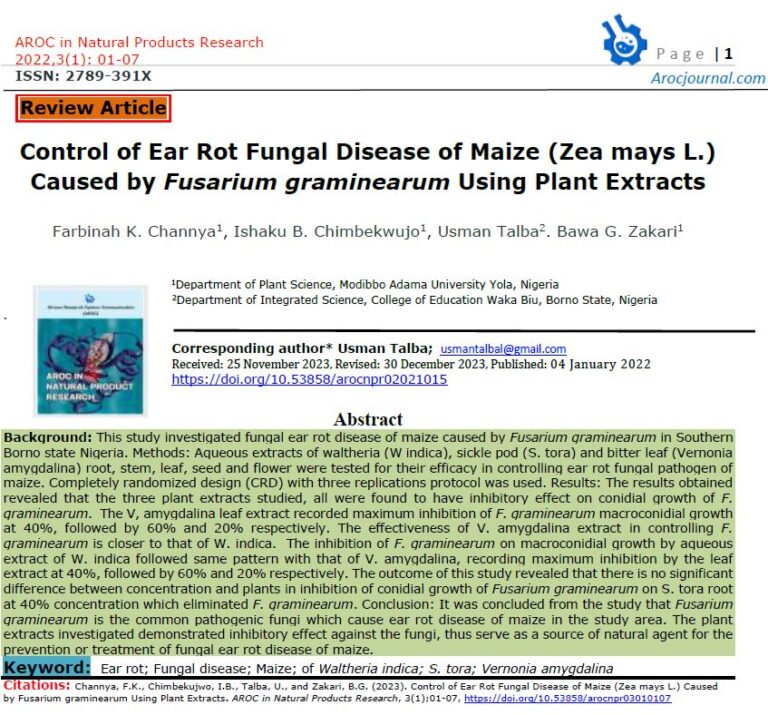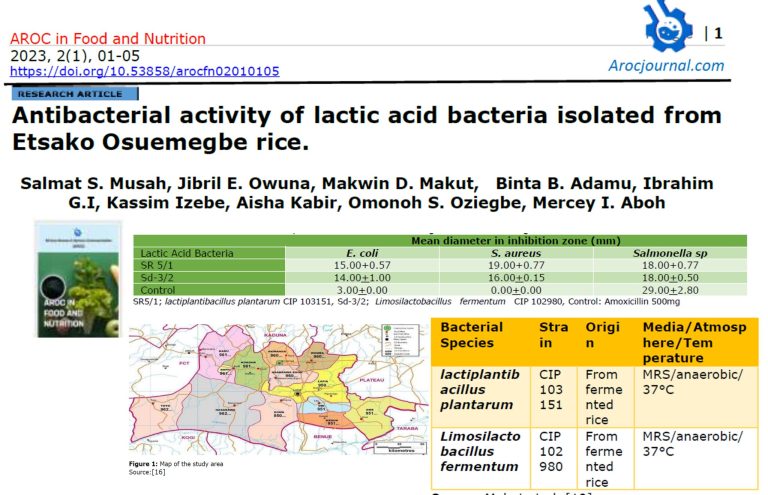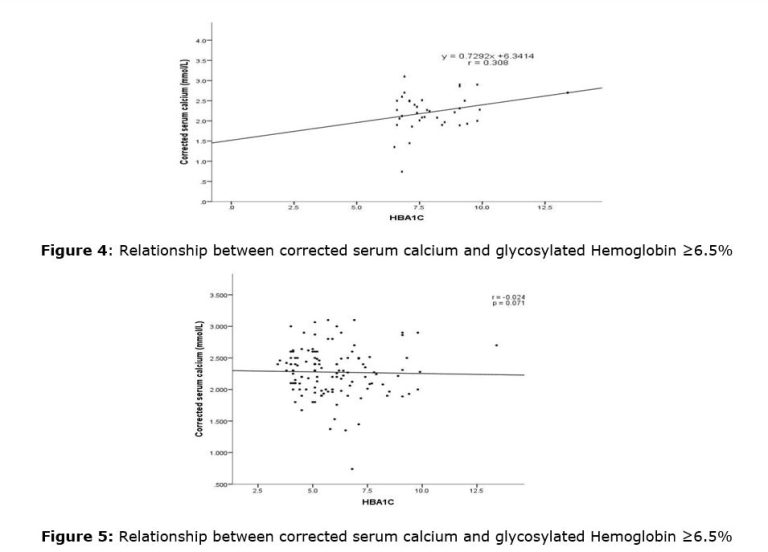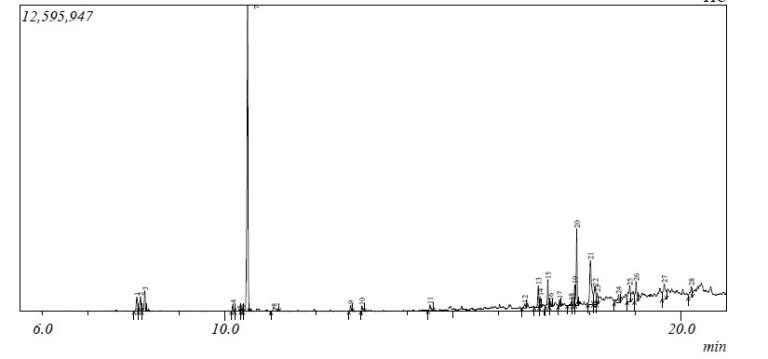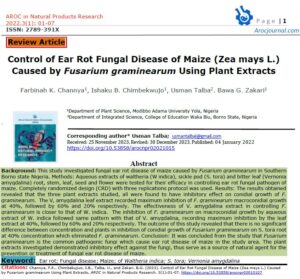
Comparative evaluation of proximate composition and anti-sickling potential of Annona muricata Linn seeds and leaves
AROC in Natural Products Research, 2021,1(2);29-35
- Author(s): Chinyere Henrietta Onuoha*, Charity Chinenye Nwachukwu, Ruth Tochukwu Nwachukwu, Chinwe Glory Nwogu, Chieme Sunday Chukwudoruo, Favour Ntite Ujowundu
- September 14, 2021
- eISSN - 2789-391X
- Keywords - Sickle cell anaemia; proximate composition; anti-sickling; Annona muricata Linn; medicinal plants
Abstract
Background: Annona muricata Linn is a notable, well-studied plant of therapeutic value. Based on the abundant pharmacological constituents contained in the understudied plant, it is imperative that the plant parts are investigated for nutritional value and anti-sickling potentials. Sickle cell anaemia (SCA) is an inheritable haematological disorder, caused by an amino acid substitution on the haem protein. The outcomes for SCA are poor health indices and high mortality. Therefore, the use of natural products is necessary and widely promoted in countries with poor health infrastructure. Methods: In this study, A. muricata seeds and leaves were comparatively analysed for the proximate compositions. In addition, aqueous and ethanol extracts of A. muricata seeds and leaves were respectively analysed for anti-sickling potentials with the use of spectrophotometry. Results: Proximate composition of A. muricata seeds and leaves showed that both plant parts contain ash, carbohydrate, fat, fibre, moisture and protein. However, percentage proximate composition of A. muricata seeds was not significantly different from the percentage proximate composition of A. muricata leaves (p ≤ 0.05). From anti-sickling analysis, the aqueous extracts of A. muricata seeds and leaves were observed to inhibit HbSS polymerisation, while the ethanol extracts of A. muricata seeds and leaves showed limitations to the inhibition of HbSS polymerisation. Conclusion: A. muricata seeds and leaves possess potentials as health or nutritional supplements for the management of SCA. Further studies are necessary in order to ascertain efficacy and safety in in vivo models.
Corresponding Author(s)
Chinyere Henrietta Onuoha; chizyonu@gmail.com
Citations
Onuoha, C.H., Nwachukwu, C.C., Nwachukwu, R.T., Nwogu, C.G., Chukwudoruo, C.S., and Ujowundu, F.N. (2021). Comparative evaluation of proximate composition and anti-sickling potential of Annona muricata Linn seeds and leaves. AROC in Natural Products Research, 1(2);29-35, https://doi.org/10.53858/arocnpr01022935

